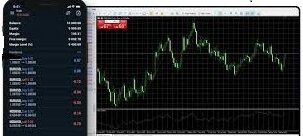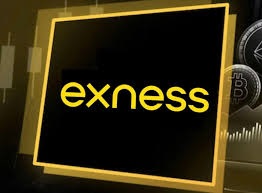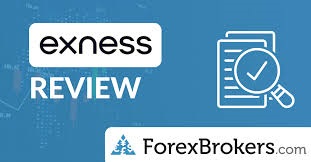In the fast-paced world of online trading, choosing the right broker can make or break your experience. As 2025 unfolds, more traders are turning to XM Trading. But what really makes this broker stand out? From powerful platforms and tight spreads to intuitive tooling and robust regulation, here’s everything you need to know.
1. Top-Tier Regulatory Coverage & Trust
Yes, XM is legitimate—regulated by major authorities like CySEC (Cyprus), ASIC (Australia), IFSC, and FSA. That means client funds are segregated, operational practices are compliant, and financial audits are regular. For traders seeking safety, regulation matters—and XM delivers.
2. Low Capital Barrier: $5 Minimum Deposit
XM welcomes beginners with a $5 minimum deposit, a rarity in the industry. Whether you’re testing strategies or trading micro-lots, this low entry barrier makes XM accessible without risking significant capital.
3. Flexible Account Types to Suit Every Trader
XM offers several structured account types:
- Micro Account: Mini lots, ideal for learners.
- Standard Account: Most popular among retail traders.
- XM Ultra Low: Tight spreads from ~0.6 pips for active traders.
- Shares Account: Commission-based pricing for stock CFD traders.
This variety ensures compatibility whether you’re a cautious beginner or a high-volume pro.
4. Industry-Standard Platforms – MT4 & MT5
XM supports both MetaTrader 4 and 5 across desktop, web, and mobile interfaces. These platforms offer:
- Advanced charting with custom indicators
- Support for Expert Advisors (EAs) and automated strategies
- Seamless platform syncing across devices
5. Low Fees & Transparent Pricing
XM’s spread-based pricing starts from 0.0 pips on core pairs, especially in Ultra Low accounts. There are no hidden fees, no re-quotes, and execution is direct. If you’re scalping or aiming for tight-margin trades, this level of pricing transparency is a big plus.
6. Resources to Support Trader Growth
XM goes beyond execution with educational tools:
- Live webinars and video tutorials (multi-language)
- Market analysis and trading signals
- Comprehensive learning center on strategy, platform navigation, and risk
These are especially helpful for new traders learning the ropes.
7. Customer Support When You Need It
Support is available 24/5, via email, chat, and international phone lines. XM assists users in multiple languages and helps resolve issues quickly—an important benefit for new and mobile traders.
Pros & Cons at a Glance
Pros:
- Low deposit and flexible account types
- Competitive spreads and no hidden costs
- Robust regulation across jurisdictions
- MT4/MT5 availability and automation support
- Great educational and support infrastructure
Cons:
- Not available in the USA, Canada, and some EU regions
- Share CFDs incur commissions
- No 24/7 support—customer care is limited to weekdays
- Leverage may be restricted depending on regulatory region
How to Trade on XM: Step‑by‑Step
1. Registration & Verification
- Fill in basic information, upload ID and proof of address.
- Verification typically completes in a few hours to a day.
2. Funding Options
- Deposit methods include debit/credit cards, wire transfer, Skrill, Neteller.
- Most deposits process instantly with no hidden fees.
3. Trading Interface
- Use MT4/MT5 to identify a trade: select pair, set lot size, stop-loss, and take-profit, then execute.
- Customize charts and apply indicators such as MACD or RSI.
- Place pending orders when aiming for precise entry levels.
4. Withdrawal Process
- Submit a withdrawal request and expect funds back to the source within 24 business hours—typical for regulated brokers.
Related Reads from GistMe9ja
Want to explore more insights from GistMe9ja? Check out:
- Top Forex Strategies for Beginners in Nigeria
- How to Choose the Right Broker in 2025
- Avoid These Forex Scams in Nigeria
- Mastering Stop-Loss: Risk Management Techniques
- Beginner’s Guide to MetaTrader Platforms
Final Verdict: Should You Consider XM in 2025?
XM balances reliability, flexibility, and affordability. With strong regulation, a variety of account types, low entry costs, and rich educational support, it serves both newcomers and seasoned traders well. Yes, it’s a competitive CFD platform—not for holders of actual stocks—but if you’re trading forex, commodities, or indices, XM remains a strong contender.









